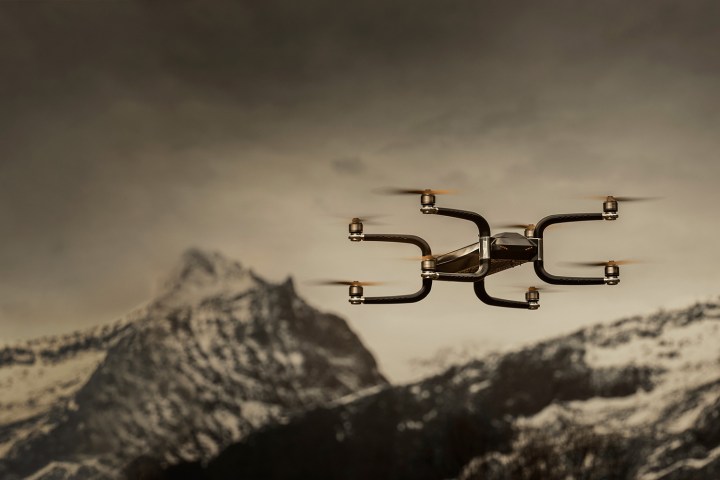
As useful as drones may be for delivering your Amazon packages or putting on a killer light show at the Super Bowl, these flying gadgets can also be put to rather nefarious schemes. After all, the machinery is only as good as the person controlling it, and in a recent case with the FBI, it would appear that the machinery was not good at all. In 2017, an FBI hostage rescue team arranged an “elevated observation post” in order to keep an eye on a developing situation. But suddenly, they were overtaken by a swarm of small drones, who swept in with a series of “high-speed low passes at the agents in the observation post to flush them [out],” according to Joe Mazel, the head of the FBI’s operational technology law unit, speaking at the AUVSI Xponential conference in Colorado.
Needless to say, the fleet of drones presented an enormous problem to the FBI agents. “We were then blind,” Mazel said, “It definitely presented some challenges.”
While the agency has not disclosed any additional details about where this drone attack took place or what situation agents were monitoring, the episode could be indicative of the dangerous applications drones may be involved with in the future. After all, these unmanned flying vehicles are not only effective surveillance devices, but can also run quite a bit of interference. Mazel noted that whoever controlled the drones clearly had an eye on the agents and were keeping other people notified of the FBI’s whereabouts.
“They had people fly their own drones up and put the footage to YouTube so that the guys who had cellular access could go to the YouTube site and pull down the video,” Mazel said.
Apparently, organized criminals are increasingly using drones to run counter operations against law enforcement, Mazel said. In fact, some quadcopters are being used in so-called witness intimidation schemes, constantly monitoring police departments in order to determine “who is going in and out of the facility and who might be cooperating with police,” he noted. And drones are also being to plan robberies and other crimes, as lawbreakers are using the flying devices to surveil target homes, identify security weak spots, and observe patterns of activity.
It’s not just the FBI that is dealing with this issue. As Andrew Scharnweber, associate chief of U.S. Customs and Border Protection, told Defense One, “In the Border Patrol, we have struggled with scouts, human scouts that come across the border. They’re stationed on various mountaintops near the border and they would scout … to spot law enforcement and radio down to their counterparts to go around us. That activity has effectively been replaced by drones.”
The overwhelming concern, of course, is that drones will continue to be used for illegal purposes and that solutions to this burgeoning problem may take some time either from a legislative or technological perspective.


